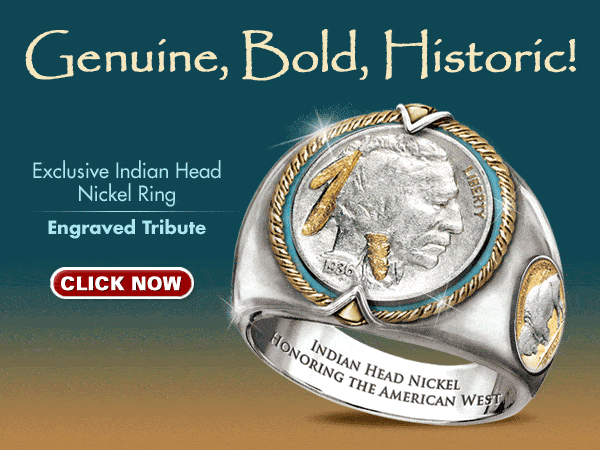Excerpt from Robert Schubert's review of Louise Bourgeois @ National Gallery of Victoria, Melbourne(Art & Text 53 Jan. 1996, p. 71):
"The ciphers of Bourgeois's influence [on young Australian artists] can be most keenly felt in her use of synthetic materials, and the way this abject materiality gets woven into her preoccupation with the body. Exemplary here is
Mamelles (1991),

whose phalange of pink rubber breasts (amorphously compeating for definition as indictments of feminine bodily experience) finds parallel with work developed by women artists in the 1990s. Yet the exhibition also demonstrates how little regard Bourgeois has for staking a claim in the essentialism which seems to dominate recent feminist art.
It is not possible to link Bourgeois's engagement with the body to an unreconstructed essentialism without at the same time excluding the explicit genderfuck developed by her sculptural work in the 1980s...

the power of Bourgeois's work lies in the mixed pleasure and horror displayed towards the body. While her reception in Australia has been largely determined by the autobiographical and existential significance of her work, it is
the ambiguities of flesh falling through the cracks of gendered boundaries that elicits the sense of astonishment pervading the exhibition.






